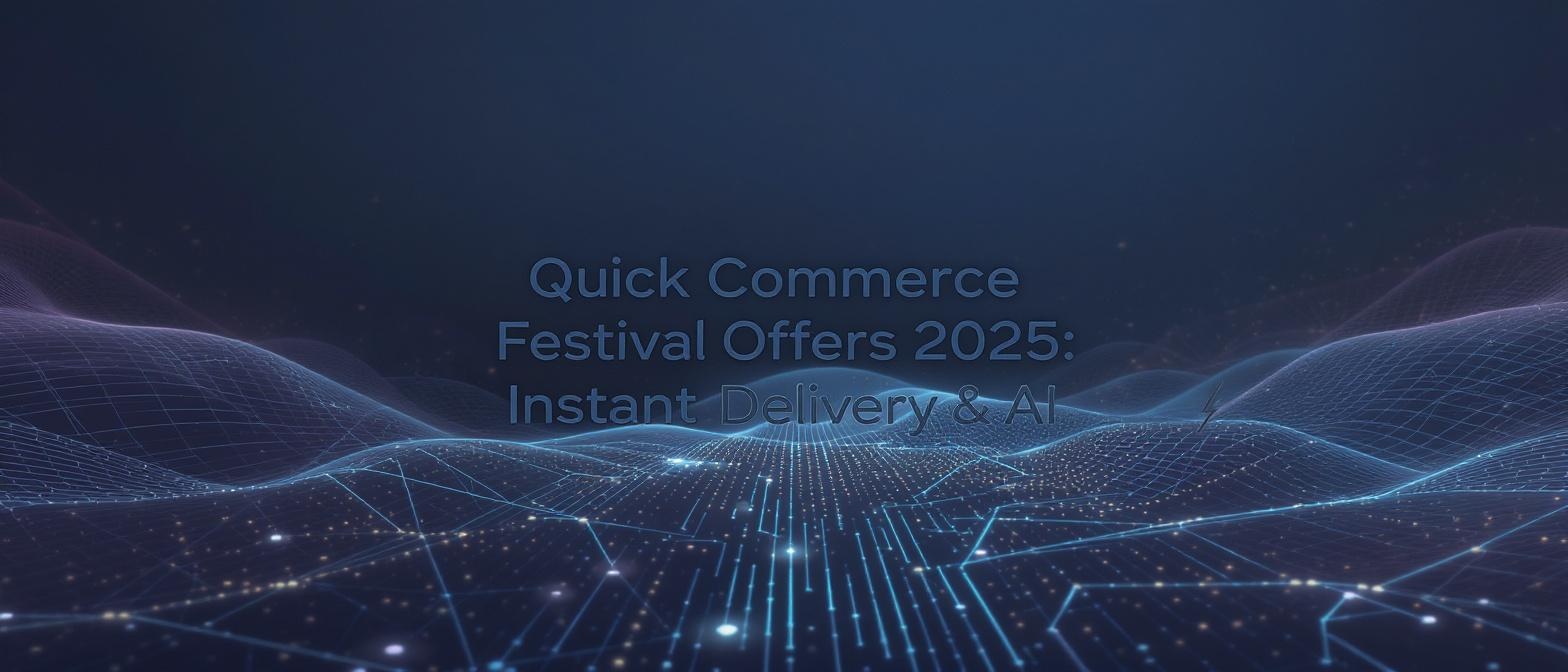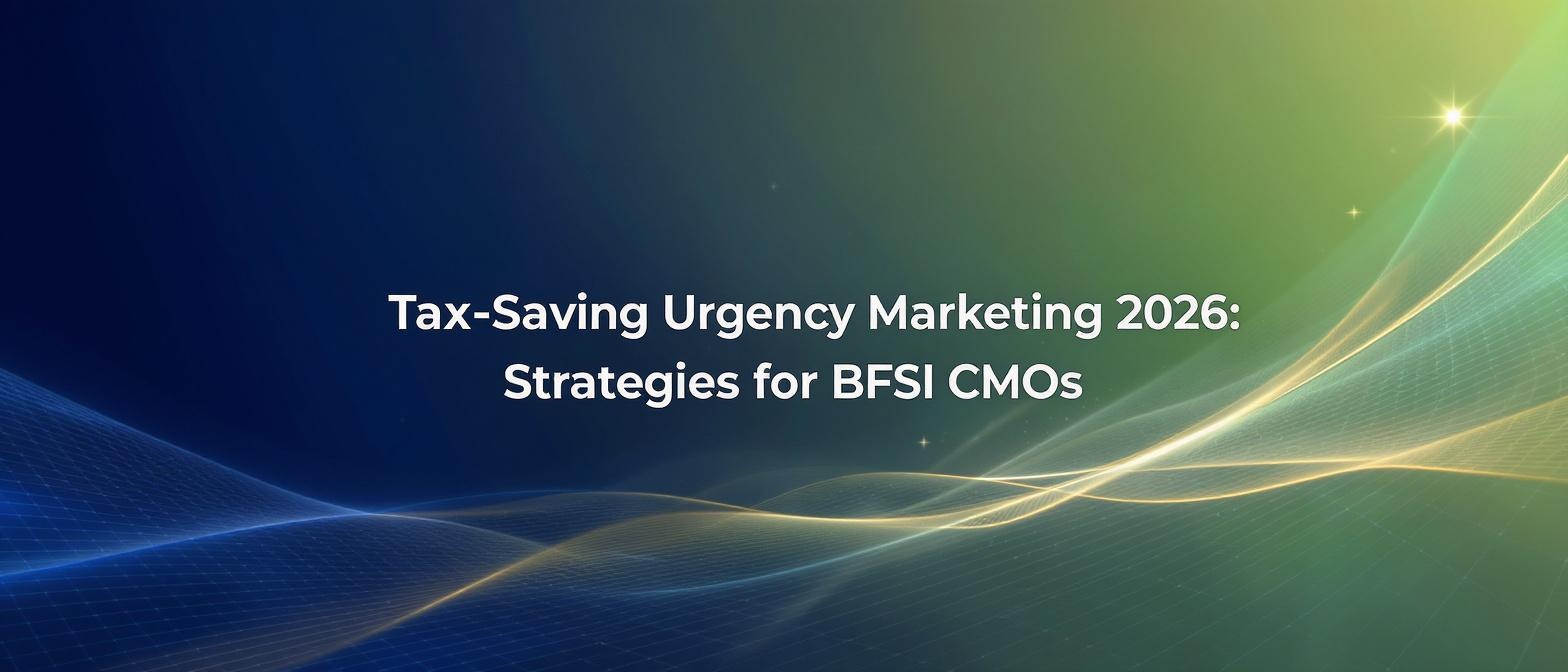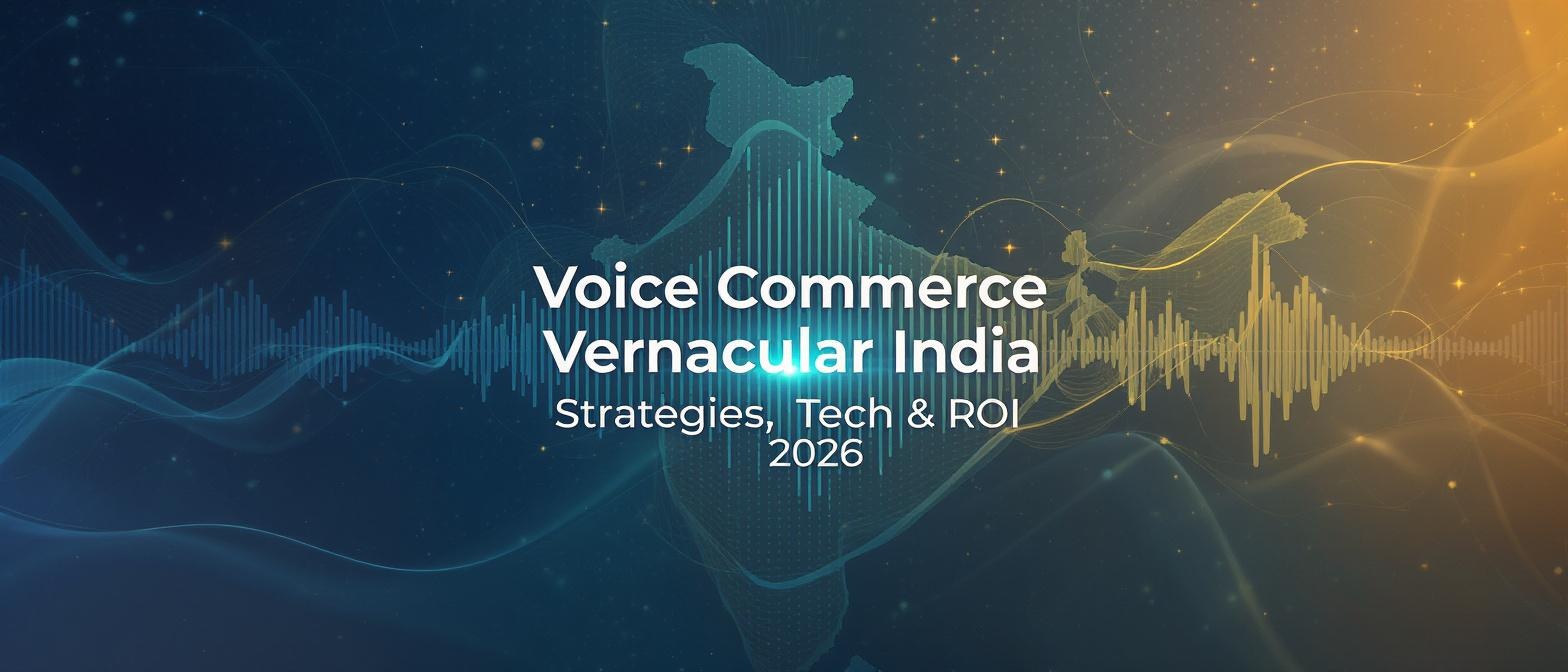Beyond Art: How to Leverage AI Video Avatars for Business Growth
Estimated reading time: 11 minutes
Key Takeaways
- AI video avatars are transforming how brands connect, offering dynamic and scalable communication.
- Advanced lip-sync and voice cloning technologies increase authenticity and viewer trust.
- When integrated strategically, AI avatars can significantly lower production costs and accelerate time-to-market.
- Transparency and consent are critical for maintaining ethical brand reputation.
- Hyper-personalization and multimodal AI are the next frontiers of AI-driven marketing.
The evolution of AI content generation has been staggering. Once a novelty for creating abstract images, AI has now unlocked one of the most powerful tools for business communication: the AI video avatar. The global AI video generator market, valued at over $600 million in 2024, is projected to skyrocket to over $2.5 billion by 2030. This isn't just about creating quirky art; it's a fundamental shift in how brands connect with audiences. While many articles simply list available tools, they often miss the most critical questions: How do you move beyond basic generation to strategic implementation? What are the tangible business impacts, and how do you navigate the complex challenges of authenticity and ethics?
The real challenge for marketers and creators today isn't finding a AI art generator; it's understanding how to wield this technology to drive measurable results. The internet is saturated with content, and breaking through the noise requires scalable, personalized, and authentic communication. Static images and generic text are no longer enough. The demand is for dynamic, engaging video that can be produced quickly and tailored for diverse audiences across the globe. This article moves beyond a simple list of tools. We will explore a strategic framework for implementing AI video avatars, delve into the technological innovations that ensure authenticity, and provide a clear model for measuring your return on investment, transforming your content strategy from a cost center into a growth engine.
Reimagining Connection: The Strategic Shift to AI Avatars
For years, digital communication has been a trade-off between scale and personalization. You could reach millions with a generic ad or create a deeply personal connection with a handful of customers. The rise of AI video avatars fundamentally breaks this paradigm. This isn't just about replacing a stock photo with a moving one; it's about creating a scalable new channel for authentic, face-to-face communication.
The business imperative is clear. Recent data shows that 79% of eCommerce brands are already using AI-generated videos to better showcase their products online. Furthermore, a staggering 63% of businesses that adopt AI video tools report an average production cost reduction of 58% compared to traditional methods. https://www.truefan.ai/blogs/ai-video-marketing-budget-efficiency This technology addresses two of the biggest pain points in modern marketing: the high cost and slow turnaround time of conventional video production.
The challenge, however, has evolved from "Can we create AI content?" to "Can we create AI content that builds trust?" Early iterations of AI-generated media often felt robotic and fell into the "uncanny valley," eroding viewer trust. The strategic goal now is to leverage avatars that are not just visually realistic but also capable of conveying genuine human emotion and nuance. This requires moving beyond simple text-to-speech and embracing sophisticated models that ensure perfect lip-sync, natural intonation, and culturally relevant presentation. The new frontier is about using technology to amplify human connection, not replace it.
The Innovation Powering Authentic Digital Humans
The leap from clunky, robotic animations to photorealistic, trustworthy AI avatars is not magic; it's the result of converging breakthroughs in generative AI, voice synthesis, and machine learning. Competitor tools often focus on basic image or CGI generation, but the leading edge of the industry is centered on creating true-to-life digital twins of real people, built on a foundation of ethics and consent. This approach is critical for overcoming audience skepticism and building genuine brand affinity.
Platforms like Studio by TrueFan AI enable this new standard of authenticity. https://www.truefan.ai/blogs/creating-lifelike-custom-avatars The core innovation lies in a multi-layered process. It starts with licensing real human actors and influencers, capturing their unique likenesses and expressions. Advanced neural networks are then trained on this data to create a photorealistic avatar. Simultaneously, sophisticated voice cloning technology analyzes vast amounts of speech data to replicate the precise tone, cadence, and emotional inflection of a professional voice actor.
The final, crucial piece is the lip-sync technology. Modern systems analyze the phonemes of a given script—in over 175 languages—and map them precisely to the avatar's facial movements in real-time. This eliminates the distracting, out-of-sync effect that plagues older systems and is the key to maintaining the illusion of a real person speaking. The result is a seamless, high-fidelity video, generated from a simple text script in minutes, that carries the subtle, non-verbal cues essential for trustworthy communication.
An Advanced Framework for AI Avatar Implementation
Adopting AI video avatars without a clear strategy leads to random acts of content that fail to produce results. To truly harness their power, you must integrate them into your existing marketing and communication funnels with clear objectives for each stage. Here is a practical framework:
1. Top-of-Funnel: Awareness & Education at Scale
Application: Create short, engaging social media videos, news updates, or blog post summaries. Use AI avatars to explain complex topics or announce new products.
Execution: Leverage features like Studio by TrueFan AI's 175+ language support and AI avatars to instantly localize a single marketing message for dozens of international markets. Instead of coordinating multiple shoots, a single script can be rendered in Spanish, French, and Japanese with perfect lip-sync, dramatically reducing time-to-market for global campaigns.
Metric: Reach, Views, Engagement Rate.
2. Mid-Funnel: Consideration & Personalization
Application: Develop personalized product demonstration videos, FAQ explainers, and customer testimonial-style content.
Execution: Use API integrations to automatically generate personalized videos. For example, an e-commerce platform can send a post-purchase video where an AI avatar of a customer service rep says, "Hi [Customer Name], thank you for your order. Here's a quick video on how to get the most out of your new [Product Name]."
Metric: Click-Through Rate (CTR), Conversion Rate from video, Time on Page.
3. Bottom-of-Funnel: Conversion & Onboarding
Application: Create targeted calls-to-action, internal training modules, and corporate onboarding materials.
Execution: For internal communications, a CEO's digital twin can deliver monthly updates to a global workforce, ensuring a consistent and personal message without requiring the CEO's physical time. For sales, avatars can deliver hyper-specific pitches tailored to a prospect's industry and pain points.
Metric: Sales Conversion Rate, Employee Completion Rate (for training), Customer Satisfaction.
Beyond the Hype: Overlooking Ethics is Not an Option
As AI avatar technology becomes more powerful and accessible, it brings a host of ethical considerations that businesses cannot afford to ignore. The competitor's surface-level discussion completely misses this critical aspect of implementation. Deploying AI avatars responsibly is paramount for long-term brand reputation and trust. The primary concerns revolve around transparency, consent, and the potential for misuse.
Audiences have a right to know when they are interacting with an AI versus a human. Failing to disclose this can be perceived as deceptive and severely damage credibility. The best practice is clear disclosure, such as a subtle watermark or a simple disclaimer ("This video was created using a digital avatar"). This transparency builds trust rather than undermining it.
Furthermore, the issue of consent is non-negotiable. The most ethical platforms do not use deepfake technology on unauthorized images. Instead, they operate on a "consent-first" model, where real-life actors and influencers are contracted and compensated for the use of their likeness. This ensures the avatars you use are not only legally compliant but also morally sound. This approach stands in stark contrast to the unregulated creation of digital clones, which poses significant legal and reputational risks. Brands must demand this level of ethical assurance from their technology partners to safeguard themselves and their customers.
Calculating the Real ROI of AI Video Avatars
One of the most significant gaps in typical reviews of these tools is the absence of a clear framework for measuring return on investment. The benefits of AI avatars are not just creative; they are quantifiable and can be directly tied to key business metrics. According to a McKinsey report, companies that effectively leverage AI in their marketing efforts see a 20-30% higher ROI on their campaigns.
Here’s a practical framework for calculating the ROI of your AI video avatar strategy:
1. Cost Reduction Analysis:
Traditional Video (Cost A): Calculate the total cost of a typical video shoot:
- Actor/Spokesperson Fees: ($)
- Studio/Location Rental: ($)
- Camera Crew & Equipment: ($)
- Post-Production/Editing: ($)
- Localization (multiple shoots/dubs): ($)
- Monthly/Annual Subscription Fee: ($)
- Minutes/Credits Used: ($)
2. Speed-to-Market Value:
Traditional Timeline (Time A): Weeks or months from script to final video.
AI Timeline (Time B): Hours or days.
Value: Calculate the revenue opportunity gained by launching a campaign weeks earlier. For a time-sensitive promotion, this value can be immense.
3. Performance Lift:
A/B Test: Run a campaign with static images/text against a campaign using AI avatar videos.
Measure: Compare metrics like CTR, conversion rates, and cost per acquisition (CPA).
ROI Calculation:
[(Gain from Investment - Cost of Investment) / Cost of Investment] * 100
Solutions like Studio by TrueFan AI demonstrate ROI through this multi-faceted value: drastically lower production costs (Cost B is minimal), accelerated campaign deployment, and improved engagement metrics from more dynamic content. https://www.truefan.ai/blogs/ai-video-generation-roi-marketing
The Future Roadmap: Hyper-Personalization and Multimodal AI
Looking ahead, the evolution of AI video generation is accelerating toward two key frontiers: true hyper-personalization and multimodal integration. The current ability to insert a customer's name into a video is just the beginning. The next wave will involve AI systems that can alter the script, tone, and even the avatar's body language based on real-time data about the viewer's interests, industry, or past interactions with the brand. Imagine a single video asset that dynamically adapts its message to be a product demo for one user and a customer support guide for another.
This will be powered by multimodal AI, which can understand and generate content across text, audio, and video simultaneously. Instead of just converting a script to video, these future systems will be able to take a complex input—like a link to a whitepaper, a product page, and a target audience profile—and autonomously generate a complete video campaign. This includes scripting the content, selecting the appropriate avatar and tone of voice, generating the video, and even composing background music. Preparing for this future means businesses must start building clean, structured data systems and begin experimenting with today's AI video tools to develop the strategic agility required for the next generation of AI-driven marketing. https://www.truefan.ai/blogs/ai-animated-marketing-video-engine
Frequently Asked Questions
What is the main difference between an AI art generator and an AI video avatar platform?
An AI art generator typically focuses on creating static images, illustrations, or abstract visuals from text prompts. An AI video avatar platform is a more specialized tool designed to generate photorealistic videos of humans speaking. It involves complex technologies like voice cloning and perfect lip-syncing to create a believable, dynamic performance from a script, intended for communication and marketing rather than just artistic expression.
How can a small business justify the cost of an AI video platform?
Small businesses can justify the cost by comparing it to the high expense of traditional video production. A single professional video shoot can cost thousands of dollars. An AI video platform offers a predictable monthly fee (some starting as low as ₹2,999/month) for the ability to create numerous videos. The ROI is found in dramatically reduced production costs, the ability to create content much faster, and the capacity to A/B test different messages without additional shoots.
Are AI video avatars ethical to use in marketing?
Yes, they are ethical to use when implemented responsibly. The key ethical pillars are transparency and consent. Brands should be transparent with their audience that they are using a digital avatar. Furthermore, it is crucial to use platforms that operate on a consent-first model, meaning they license the likeness of real actors who have agreed to be made into avatars, rather than using unauthorized deepfake technology.
How does the technology ensure the lip-sync is accurate in different languages?
Advanced AI video platforms use sophisticated machine learning models that are trained on vast datasets of human speech across many languages. When you input a script, the AI analyzes the phonemes (the distinct units of sound) specific to that language. It then maps these sounds to the precise facial and lip movements required to produce them, ensuring the avatar’s mouth moves naturally and accurately for that specific language, which is crucial for viewer trust.
Can I use my own face or my CEO’s face as an AI avatar?
Yes, leading platforms offer custom avatar creation. For example, Studio by TrueFan AI provides services to create a digital twin of a specific person, like a company’s CEO or a brand spokesperson. This process involves a high-quality video recording session to capture the person’s likeness, expressions, and voice, which is then used to train a unique, private AI model. This is an excellent way to scale executive communications or create a consistent brand personality.
What kind of performance uplift can I expect from using AI video avatars?
While results vary by industry and campaign, many businesses see significant performance lifts. A/B tests often show that dynamic video content featuring a human-like avatar outperforms static images or text-only ads in key metrics like click-through rate (CTR) and engagement. The ability to quickly create and test dozens of video variations allows marketers to optimize for performance in a way that is financially unfeasible with traditional video.
Conclusion
The conversation around AI content creation has fundamentally matured. It is no longer sufficient to ask which AI art generator is best, but rather how to strategically deploy AI video avatars to build authentic connections and drive business growth. Unlike the surface-level listicles that dominate search results, a forward-thinking approach requires a deeper understanding of the technology, a framework for implementation, and a commitment to ethical standards. The true power of this technology is unlocked when it moves from a novelty to a core component of your communication strategy.
By focusing on innovations that produce authentic, lip-synced digital humans, businesses can overcome viewer skepticism and deliver scalable, personalized messages. The path to success involves integrating these tools across the entire customer journey, from broad-stroke awareness campaigns to hyper-personalized onboarding videos. Crucially, this must be built on a foundation of transparency and consent, using platforms that prioritize ethical, licensed avatars.
The final step is to rigorously measure success, not by the number of videos created, but by their tangible impact on cost savings, speed-to-market, and campaign ROI. The businesses that thrive in this new era will be those that see AI video avatars not as a replacement for human connection, but as a powerful tool to amplify it, creating more personalized, efficient, and impactful communication than ever before.




